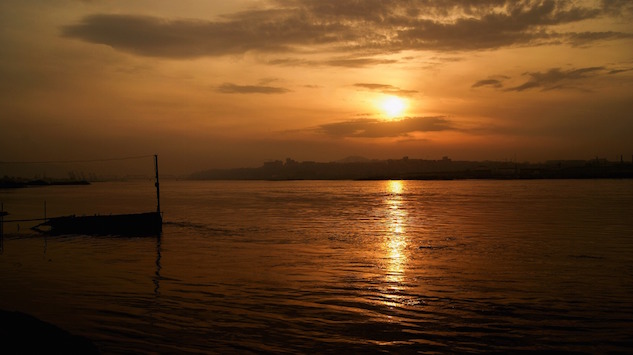Withering Words: Asia, Africa and Europe’s Endangered Languages
Photo below by Dan Kitwood/GettyAs of this writing, there are more than 7,000 languages spoken on Earth. Despite efforts being made by National Geographic’s Enduring Voices Project and the Living Tongues Institute predict that nearly half of that number will disappear within the next century, as they give way to global languages, like English and Mandarin, which afford greater opportunities to speakers.
If you’re keen on listening to these languages at the source before they disappear, you’ll need to do some planning but the payoff may be worth it; many of these languages are spoken in the world’s least hospitable but most breathtaking places. We put together a guide to some of these destinations and what to see while you’re there—if you can reach them.
Our Endangered Languages series will cover seven destinations and countless languages over the next three weeks. We started with The Americas, then moved onto Australia and Oceania, and our last installation takes place in Europe, Asia and Africa.
1. The Kalahari Desert, Africa
Language: It’s estimated that 80 percent of Africa’s 2,000 languages have no written form. A number of languages in Africa, but only a few in other parts of the world, use clicks as part of their consonant system. !Kung employs four distinct click sounds, denoted by the exclamation point.
What its known for: The Kalahari Desert (pictured above) extends 360,000 square miles, and the surrounding basin covers more than 970,000. The area is an unparalleled place for viewing wildlife. In the early 1980s, diamonds were discovered in the Central Kalahari Game Reserve and mining companies convinced the government to force the native Bushmen to leave. The tribes were eventually able to return, but the population took an irreversible hit.
What to see: The Kalahari is home to many migratory birds and animals, diverse flora—including acacia trees and Kiwano fruit, and the Okavango Delta, a large inland delta. The Central Kalahari Game Reserve, created to protect the traditional territory of the local Bushmen and the game they depend on, is replete with African cheetahs, leopards, giant eagle owls, wildebeests, antelopes, ostriches, and spotted hyenas.
Getting there: The easiest way to reach the desert from the U.S. would be to fly into Cape Town or Johannesburg, then transfer to a South African Airways flight to Upington. From there, you can hire a car and take the asphalt road into the desert.
2. Arunachal Pradesh, India
Language: With between 30 and 50 different native languages depending on which linguist you ask, Arunachal Pradesh is the most linguistically diverse state in South Asia. Approximately 800 to 1,200 people in western Arunachal Pradesh speak Koro Aka, a language derived from the Tibeto-Burman family.
What it’s known for: Completely secluded from mainland India save for a narrow strip of land that cuts through Tibet, Bhutan and Bangladesh, Arunachal Pradesh is largely covered by the Himalayas, which divide the state into five river valleys fed by snow from the mountains and semi-evergreen forests along the Assam border. Due to its close proximity and heavy Tibetan influence, China claims the northern part of the state as a part of the Tibet Autonomous Region.
-

-

-

-

-

-

-

-

-

-

-

-

-

-

-

-

-

-

-

-

-

-

-

-

-

-

-

-

-

-

-

-

-

-

-

-

-

-

-

-









































